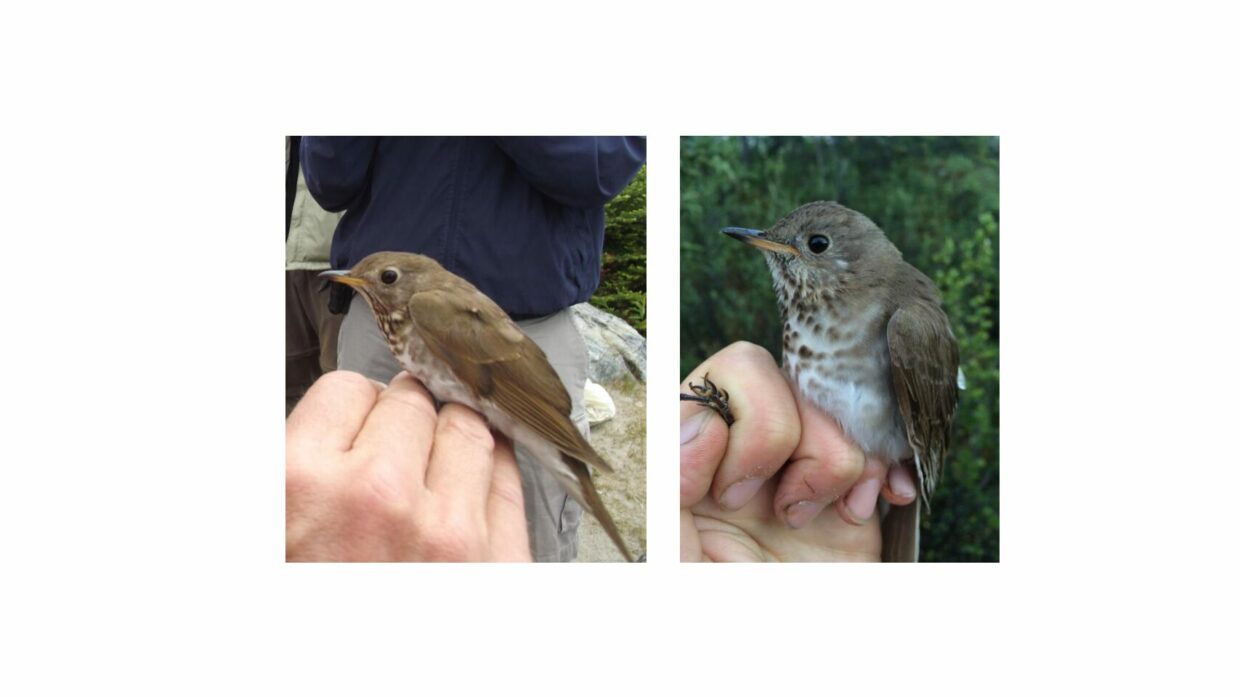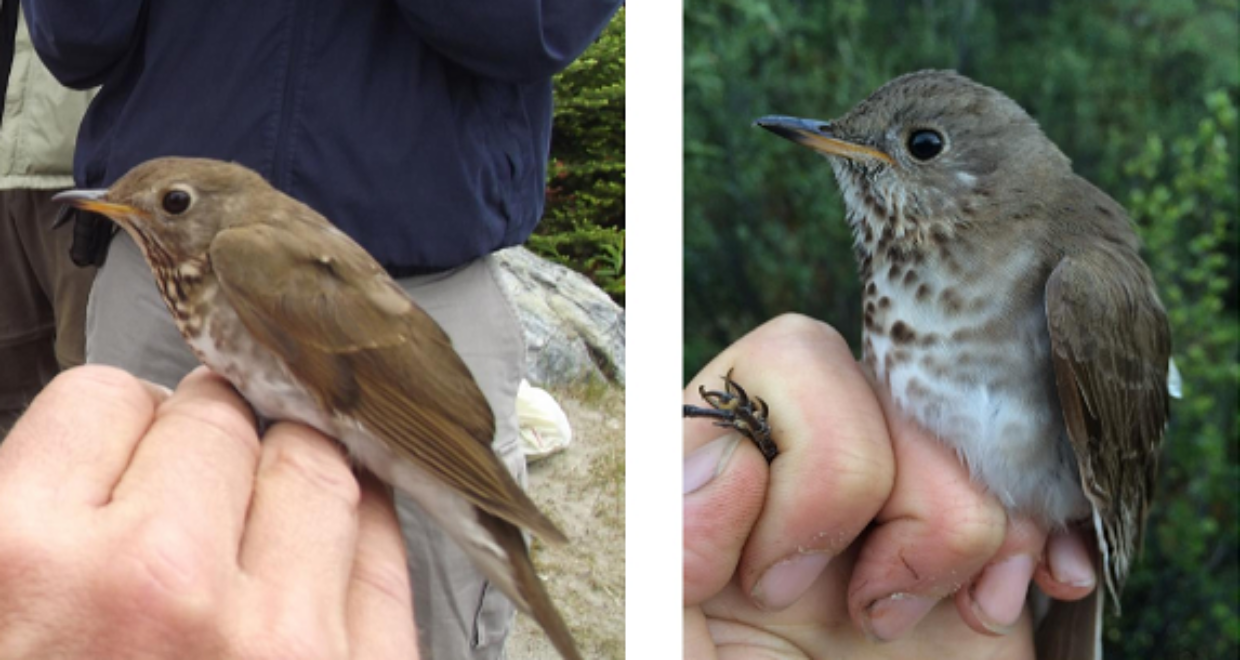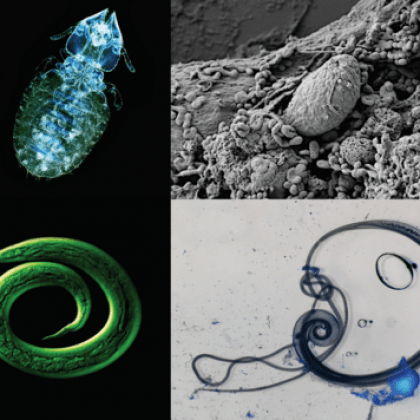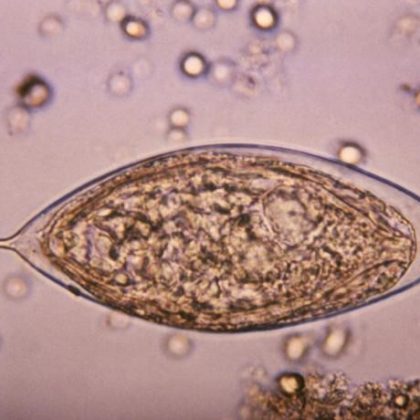Birds harbor more infections at higher latitudes
I was surprised and thrilled to learn that I was a joint winner of Parasitology Journal’s Early Career Research Award 2024 for my paper Coinfection rates of avian blood parasites increase with latitude in parapatric host species .
A host organism typically harbors more than one parasitic species in or on its body, a phenomenon known as a coinfection. This can lead to worse symptoms, if there are compounded impacts of multiple infections. Alternatively, disease outcomes may be ameliorated if the parasites are in competition with each other. Given the variable impacts of coinfection on host and parasites, it is important to understand the spatial distribution of coinfections and the underlying drivers of these patterns.
Avian malaria parasites -represented by three genera (Plasmodium, Parahaemoproteus and Leucocytozoon) in the order Apicomplexan- are incredibly diverse and globally distributed except for Antarctica. The spatial patterns of these insect-vectored parasites are well-studied, varying considerably across space and time. Several researchers have documented an unusual pattern of a reverse latitudinal diversity gradient with higher biodiversity in more temperate than tropical regions – contrasting most macrobiotic taxa that typically increase in biodiversity in the tropics. However, few studies have looked at parasite diversity within individual hosts and how these patterns vary across space.

We examined this question with a pair of sister species of North American migratory songbirds (Fig. 1) with abutting breeding ranges, the grey-cheeked thrush (Catharus minimus) and Bicknell’s thrush (Catharus bicknelli, vulnerable on IUCN Redlist). They have especially high prevalences of parasites in the understudied genus Leucocytozoon, and the occurrence of haemosporidian coinfections have been confirmed previously. In our study, we found that 41% of birds were coinfected (n=298), ranging from 7 to 75% across the 13 populations we studied. While the Bicknell’s Thrush were typically more infected with Leucocytozoon parasites than the Grey-cheeked thrush, the two host species were equally likely to be coinfected. They also tend to be coinfected by similar compositions of parasite species despite not overlapping geographically. Our study also found that reverse latitudinal gradient that previous researchers found. But even more fascinating, we found a reverse latitudinal gradient of coinfection, which seems to be driven by Leucocytozoon parasite patterns(Fig. 2). As far as we can tell, this is the first study to show this in a eukaryotic parasite system!

Why would coinfection increase with increasing latitude? I am sure you-similar to that one audience member at every talk I have ever given as a PhD candidate- are wondering, “could it be the vectors?” You are probably correct! Researchers have found that blackflies- that transmit Leucocytozoon parasites- increase in diversity and abundance with increasing latitude. Much is still to be understood about this missing link in the parasite’s life cycle, and many biologists are working diligently to close this gap.
I would be remiss if I did not close off this blog post without an acknowledgment of great collaborations. This study is the consequence of a conversation had between Dr. Spencer Galen and I when we both attended a conference in Beijing in 2018. We had mirroring datasets on opposite sides of North America and saw the opportunity for a fruitful collaboration. I sincerely believe that the best science is done alongside thoughtful community building!
Only researchers who are no more than 7 years post award of their PhD were eligible to receive the award. Decisions on the winning papers were made by Russell Stothard and his team of supporting Editors. The winning papers are freely available. Dr. Naima’s winning paper is available to read here: Coinfection rates of avian blood parasites increase with latitude in parapatric host species.






